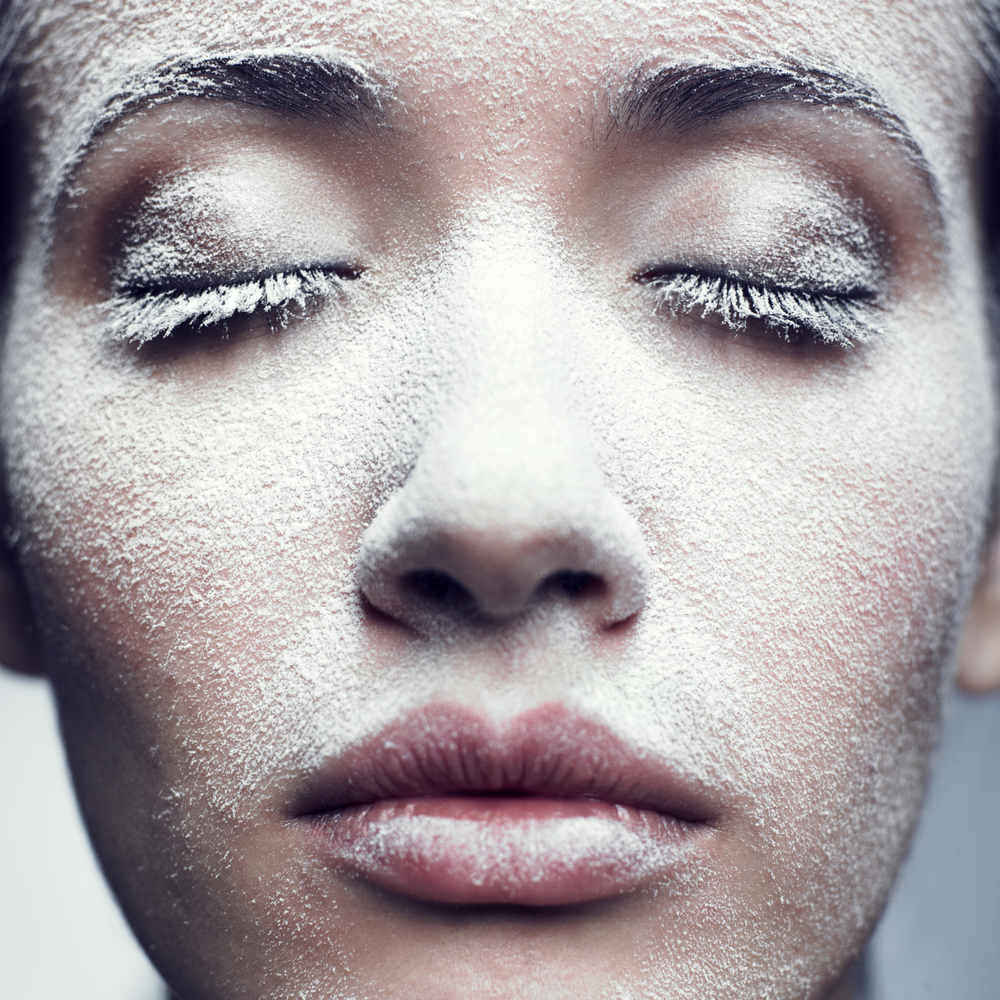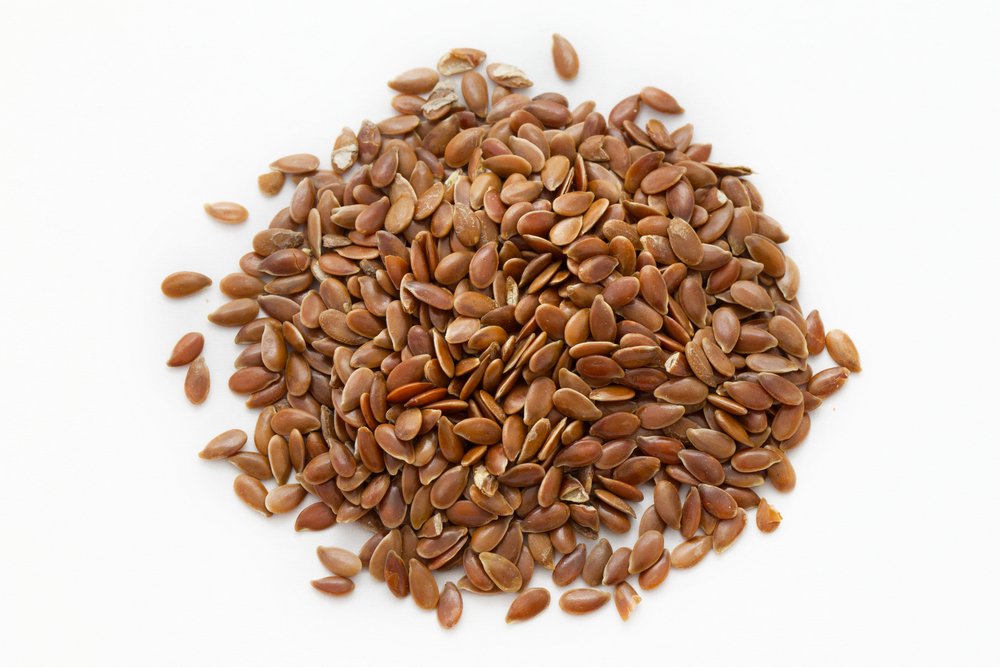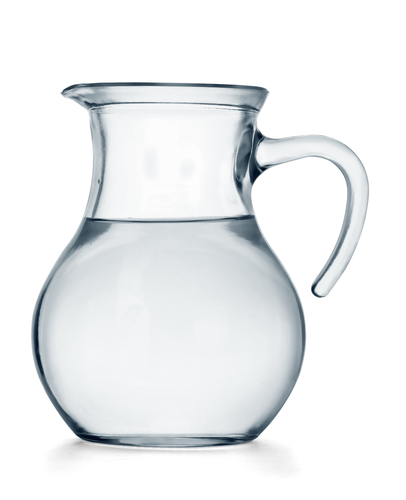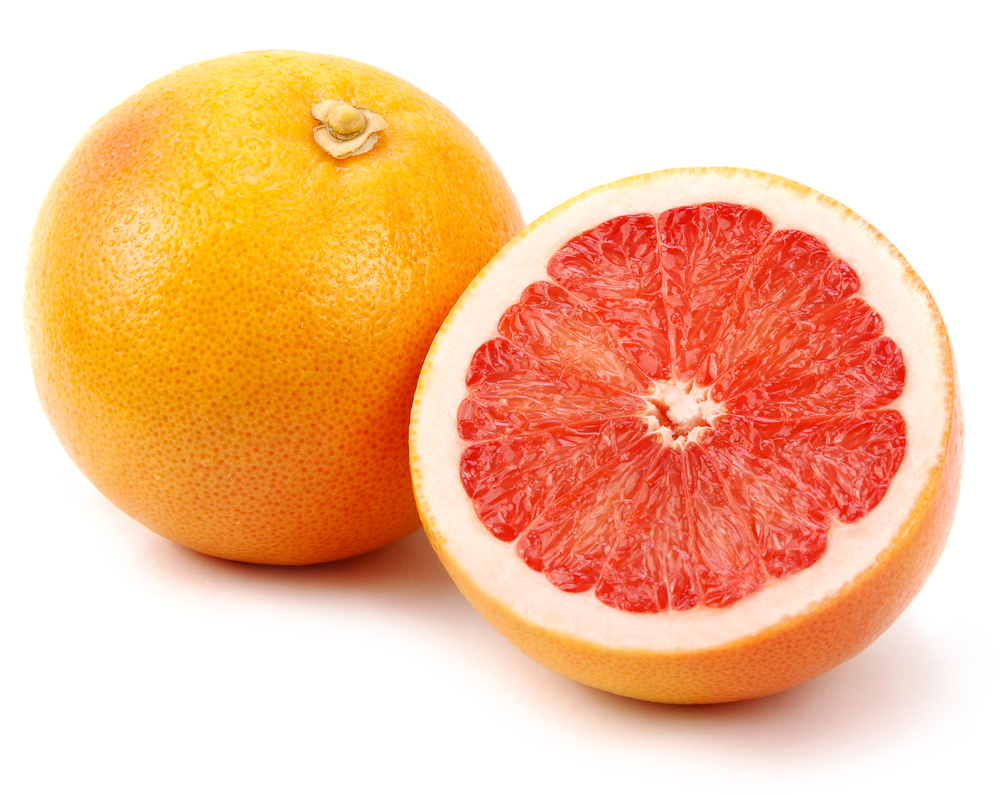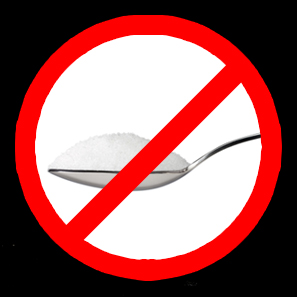The winter months give skin a battering but you can eat to combat the damage, says dietitian Claire Donnelly
Skin feel dehydrated or sensitive at the moment? There’s a reason – it’s exposed to frigid winds and freezing temperatures, then blasted with central heating. The result can be red, itchy and irritated skin. But help is at hand. You can nourish your skin from within through the foods you eat.
A healthy and radiant complexion is achievable with small changes to diet and lifestyle, says Dr Jessica Wu, Hollywood dermatologist and assistant professor of dermatology at University of Southern California University. According to Dr Wu what we eat is one of the most important factors determining the health of our skin. Just like the rest of your body, skin needs good nutrition too. Here’s how to give yours the best during the cold winter months.
1. GET FAT
Essential fatty acids can’t be made in the body and must be obtained from the foods we eat. They nourish and protect the fatty tissue, which wraps every skin cell in the body. This is key in winter if you want to prevent skin which is irritated, dry and may even crack.
The dermatologist Dr Nicholas Perricone is a strong advocate of consuming foods rich in the omega-3 fatty acids, due to their anti-inflammatory actions. Omega- 3s can help sooth redness, irritation, blotchiness and even acne breakouts. They’re also thought to improve the skin’s elasticity. Omega-3 rise foods include salmon, mackerel, trout, sardines, anchovies, flaxseed, flaxseed and olive oil, walnuts and almonds, seeds.
Flaxseed oil contains an omega-3 fatty acid called alpha-linoleic acid. The latter is thought to increase natural oil production in the skin so keeping it soft and supple. If you suffer from dry skin consider use flaxseed oil in salad dressings or drizzle over roasted vegetables when they’re cooked. But don’t heat the oil as the healthy properties will be reduced. You can also sprinkle flaxseed on salads and yogurt or use it in smoothies.
2. ORDER THE STEAK
Ensure you have a portion of protein at each meal to help boost the body’s production of the protein collagen. It acts as scaffolding by giving the skin its support structure. Unfortunately as we get older, the body’s production of collagen dwindles so the skin gets thinner. Beef, lamb and chicken have substantial amounts of the amino acids called glycine and proline. These two amino acids are the key components of collagen. If you don’t eat meat, proline is also found in cabbage and cottage cheese.
3. ADD WATER
If you need an incentive to stay hydrated think of a grape versus a raisin. You get the point? According to dermatologist Dr Jeannette Graff, “Dry skin is old-looking skin”. So drink up.
Aim for six to eight glasses of water a day. You don’t have gulp down a litre bottle in one go. If you’re sat at a desk, install a water pitcher and a small glass and pace yourself over the course of the day.
Even tea and coffee can contribute to your water intake but within reason. Don’t start guzzling 8 cups of builder’s brew daily. There’s now a great selection of herbal, caffeine-free teas. So find a flavour you like.
You can also eat your water. Look to soups, stews, casseroles, home-made smoothies and tomato sauces, fruits and vegetables.
4. GET D-KNOWLEDGE
Keep your teeth and bones strong. Thought we were talking about skin? Yes we are. Let me explain. According to Dr Wu we lose volume in our faces over time due to loss of facial fat and muscle. But our facial bones can also get thinner as we get older. Unfortunately a reduction in bone to support the skin, may lead to sagging and jowls. The good news is you can help promote strong facial bones by eating enough of the foods containing calcium and vitamin D. What’s more you’ll help reduce the risk of osteoporosis and fractures.
Likewise keep your teeth and gums strong and healthy, to prevent facial bone loss. Another compelling reason to book in regular hygienist and dental check-ups.
Calcium sources include low fat dairy produce (milk, yogurt, cheese); calcium fortified plant based milks. Aim for three servings of calcium containing foods per day. If you’re breastfeeding you’ll need five servings of calcium containing foods.
Vitamin D sources include oily fish, egg yolk, lean meat, liver, margarine, certain fortified breakfast cereals, rice milk and yogurts.
5. EAT THE RAINBOW
Make fruit and veg your BFF. The antioxidants in fruit and vegetables may help protect against the No.1 skin enemies- free radicals. These pesky molecules are highly unstable and damage the skin by causing a breakdown of the proteins, collagen and elastin. Free radicals also hinder the skin’s ability to repair itself. The damage they inflict results in sagging, inflammation and discolouration.
So how can we avoid free radicals? Unfortunately we can’t. They’re produced by every process which occurs naturally within the body, from physical movement to breathing and our immune systems.
However free radicals are also found in pollution, toxins, pesticides, second-hand cigarette smoke and UV light. We should definitely try to reduce our exposure to all these factors. Although the body can overcome some free radical damage, it can’t if it’s overloaded.
It’s thought the antioxidants in fruit and vegetables neutralise free radicals. Some of the key antioxidants in fruit and vegetables come in those of different colours so aim to eat a range of multicoloured fruit and vegetables every day. In particular, numbers 6-10 on this list.
6. ADD TOMATO (and other red stuff)
Although not conclusive, studies suggest that foods containing the antioxidant lycopene may help protect the skin against the sun’s harmful UV rays – these are usually red-coloured fruits and vegetables. Lycopene rich foods include tomatoes, red peppers and pink grapefruit.
The tomatoes must be cooked as lycopene is best absorbed by the body believe it or not after it’s been processed (so ketchup and salsa count too). What’s more, lycopene is fat-soluble, so it is absorbed more readily when consumed with fat. So rather than raw tomatoes, opt for tomatoes slow-cooked in olive. Or grilled tomatoes drizzled with olive oil and served with egg or avocado.
7. GET THE YELLOW
Beta-carotene is the yellow/orange pigment that gives fruits and vegetables their rich colours. In the body beta-carotene is converted into vitamin A. It’s thought beta-carotene repairs the damage to skin cells inflicted by those free radicals.
Great sources include apricots plus orange vegetables such as sweet potato, butternut squash, carrots plus leafy greens (spinach, kale, broccoli, collard greens, romaine lettuce). Again some fat is required to increase the body’s absorption of beta-carotene. So serve the veggies with a drizzle of olive oil.
And honestly, you won’t turn pink like a flamingo, if you eat these foods. What? Flamingos turn pinky orange due to enzymes in their bodies, breaking down the carotenoids in their food (usually shrimp and algae), into pink and orange pigments. The latter colour their feathers.
8. THE C-FACTOR
Vitamin C does double dermis duty. It not only defends the body from free radicals, but it is also needed to help the body produce collagen. C-rich foods are oranges, kiwifruit, papaya, red peppers, Brussels sprouts, broccoli.
9. AND THE E…
Vitamin E may help the skin produce natural oils so warding off ageing related dryness. Rich sources include nuts, seeds, eggs, green leafy vegetables, avocadoes and wholegrains.
A word on vitamin supplements Bear in mind that vitamin supplements are not the shortcut to beautiful skin. According to UK based dermatologist Dr Sam Bunting, studies have shown that the body is better at absorbing the vital nutrients it needs from food especially fresh fruit and vegetables rather than from a man-made pill. But if you’re a meal skipper, don’t eat fruit and veg daily, or avoid certain food groups (for example if you’re vegan or vegetarian or lactose intolerant) then do consider talking to your GP about taking a supplement containing vitamins and minerals.
10. EAT YOUR ONIONS
Onions contain skin-friendly flavonoids, as do berries, tea (green, black or white) and chocolate. But it should be dark (85 per cent cocoa ) and this is not an excuse to hoover down a family size bar during Strictly.
HEALTHY SKIN – WHAT NOT TO EAT
Overdosing on the white stuff spells bad news for your skin. Firstly an excess of sugar in all its forms (corn syrup, cane sugar, high fructose corn syrup) leads to glycation. This is where sugars hook up to the proteins in the skin (collagen and elastin) to produce nasties called Advanced Glycation End-Products or ‘’A.G.Es’’. Long- term the damage inflicted by excess AGEs, transform skin from springy and plump to wrinkled and saggy.
Secondly sugary cereals, cakes and biscuits are high G.I (glycaemic index). This means they are so quickly digested and absorbed by the body, they cause a rapid spike in both blood sugar and the hormone insulin. The result is skin inflammation plus those free radicals make an appearance. The bottom line is if lots of high GI foods are eaten, the skin ages quicker than it would do naturally.
To avoid glycation and the damage inflicted by a high G.I diet, switch to carbohydrate foods low in the glycaemic index. Low G.I foods produce a gradual rise in glucose and insulin which has a positive impact on the skin. This is crucial if you suffer from acne. As explained above dramatic spikes in blood sugar, lead to a large surge in insulin. The latter in turn raises levels of the male hormones (androgens) in the bloodstream, which stimulate oil glands and lead to breakouts.
Go low G.I by avoiding excess sugar and refined carbs. Opt for wholegrains (jumbo oats, brown rice, millet, quinoa), lentils and beans, nuts, apples, pears, berries, grapefruit, vegetables, low fat dairy. Select breads with wholegrains.
Finally, there are no overnight miracles when it comes to skin. It takes on average 28 days and longer for our skin to produce new cells. Therefore benefits from dietary changes, will take this amount of time and possibly longer before they become visible. Even if you don’t see immediate results, with the above advice you’ll be healthier both inside and out.
For persistent skin conditions do talk to your GP.
CLAIRE DONNELLY is a Registered Dietitian and has a Masters in Public Health Nutrition. She was the 2012 winner of the annual Caroline Walker essay in public health nutrition. Claire is passionate about health, nutrition and well-being, and is an advocate for lifelong learning.
Like this article? Sign up to our newsletter to get more articles like this delivered straight to your inbox.



